You've got a flat tire—only one flat. The rest of your tires are in decent shape. You just need one replacement tire, right? Not quite! Although it might seem like a straightforward fix, replacing one tire on your vehicle, instead of two or four, can sometimes lead to unintended (and unfortunate) consequences. Learn what these consequences are and what to consider when replacing tires.
To achieve optimum vehicle handling, ride comfort, and road traction, it's generally recommended that you have all four tires replaced at the same time. Replacing one tire at a time can present challenges down the road since the one tire will have a different tread depth and thus different accelerating, braking, and cornering abilities than all of the others.
Think about it this way. Imagine if one of your running shoes got a hole in the bottom. Instead of buying a new pair of shoes, you buy just one shoe. Trying to run with one brand new and one worn shoe would probably feel pretty awkward and unbalanced.
Your car feels the same way when you replace just one tire. Significant wear imbalances between tires can negatively impact overall vehicle performance and stability. Plus, electronic and mechanical vehicle systems (like transfer cases, differentials, anti-lock brakes, and traction control systems) may have difficulty interpreting information from your tires when one is noticeably different from the rest.
Also, some vehicle manufacturers have specific recommendations or restrictions against the replacement of fewer than four tires. Check your owner's manual to see what your manufacturer recommends.
Perhaps you only have the time and money to get one tire replaced. Or, your tire technician has evaluated the existing tread depth on your car's remaining tires, checked the vehicle’s owner’s manual and determined that replacing one tire is okay.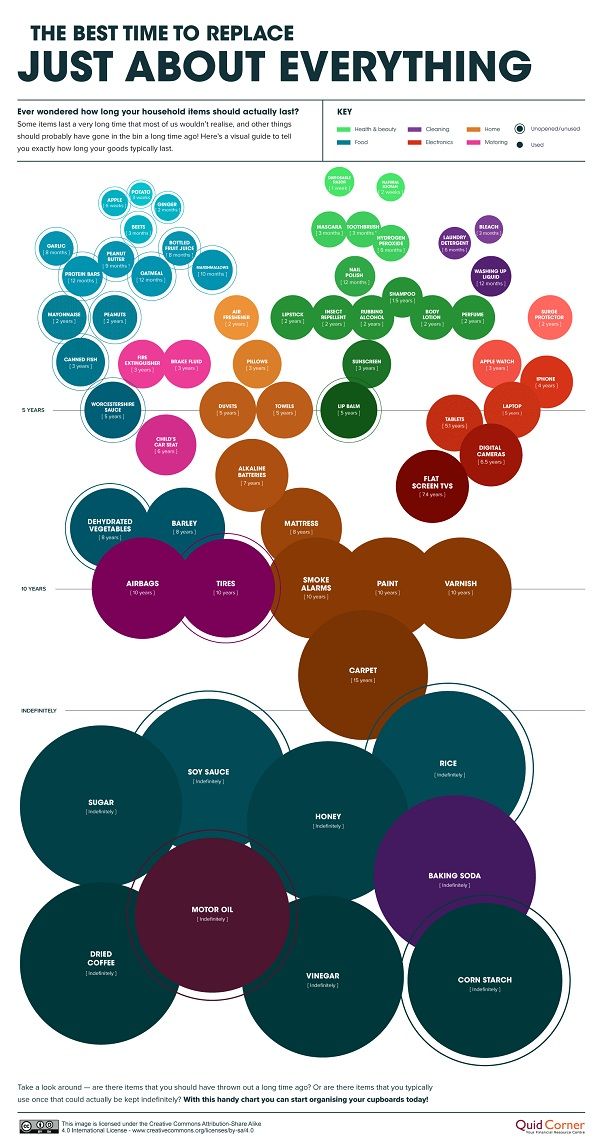 Whatever the reason, here's how a replacement of only one or two tires generally works.
Whatever the reason, here's how a replacement of only one or two tires generally works.
When replacing one tire: The new tire is paired with whatever tire on your vehicle has the deepest tread depth. Then, both tires are mounted on the rear axle.
When replacing two tires: The two new tires are mounted on the rear axle.
Also, if replacing only one or two tires, it is recommended that the tires are placed on the rear to prevent hydroplaning during wet road conditions.
Things are a bit trickier with four- and all-wheel drive vehicles. Even tiny differences in tire diameters on an axle, or between tires on different axles can lead to a glitch in the drivetrain system. Usually, all four tires are recommended to be replaced at once, but always check your vehicle manufacturer's recommendations for specific guidance regarding your vehicle.
Vehicles with staggered fitment have different size wheels on the back and the front of the car. Wider and/or taller wheels are usually mounted on the back, which results in more grip on acceleration and a sportier aesthetic appeal. Common vehicles with staggered fitments include the INFINITI G35, Nissan 350X, Chevrolet Camaro, Dodge Challenger, and Ford Mustang.
When it comes to replacing one or two tires, always follow the vehicle manufacturer's recommendations. If none exists and no tires show excessive wear, it might be acceptable to install one or two tires to either axle as needed.
Replacing a single tire isn't always a good idea. Thankfully, with Firestone Complete Auto Care's selection of affordable tires with free installation services, you don't need to change just one tire! Help maintain solid control of your vehicle and visit your trusted local tire experts for repairs and replacements that are Fixed Right, Priced Right, Right on Time!
Tires November 2, 2022
Blowing out a tire can be a hassle.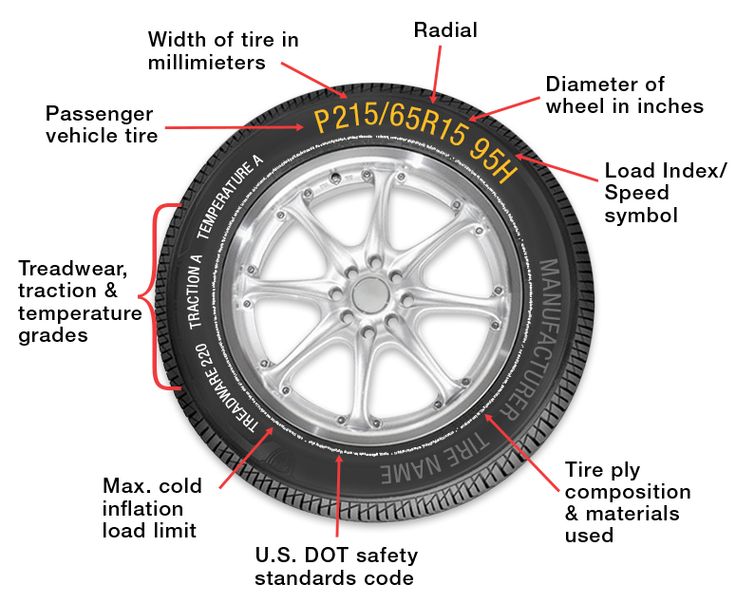 You figure that it will be a quick fix—head to the tire shop, pick out the same model (or maybe one that’s a little less expensive?) and boom—you’re done.
You figure that it will be a quick fix—head to the tire shop, pick out the same model (or maybe one that’s a little less expensive?) and boom—you’re done.
But in many cases, you’ll be told that you should really replace all four tires. Wait, what? The cost just quadrupled and you’re getting rid of three tires that are, as far as you can tell, doing just fine.
We get asked a lot if you can replace just one tire on your car. And, really, it depends on the situation. Here are some variables that will help identify if you can replace just one tire or two tires or if you need a set of four.
First, let’s look at why replacing a tire on your vehicle might be necessary in the first place.
When Do You Need to Replace a Tire?In many cases, the culprit is your tire tread depth. Generally, the tread on new tires ranges from 10/32 of an inch to 11/32 of an inch. The Virginia State Police deem tires unsafe when the tread depth reaches 2/32”, and the vehicle will not pass a Virginia state safety inspection.
However, Virginia Tire & Auto recommends replacing your tires when they get to 4/32” or lower. It’s a question of safety.
Once tread wears down to below 4/32”, traction, especially in wet conditions, becomes a problem. The lower the tread, the higher the risk of hydroplaning.
Plus, with lower tread depth, your car may not be able to stop fast enough to prevent a serious accident. A couple seconds of stopping time can be the difference between stopping short or not in time.
Read: How Tire Tread Depth Affects Stopping Distance
If you can’t remember the last time you had your tires rotated, you may be burning through your front tires—yet another reason why you might need to replace a tire. Front tires tend to wear out faster than back tires because they’re carrying the weight of the engine and they steer the car, which adds additional friction.
There’s always the possibility of a tire pressure leak, which would cause the tire to be under-inflated, or a tire blowout.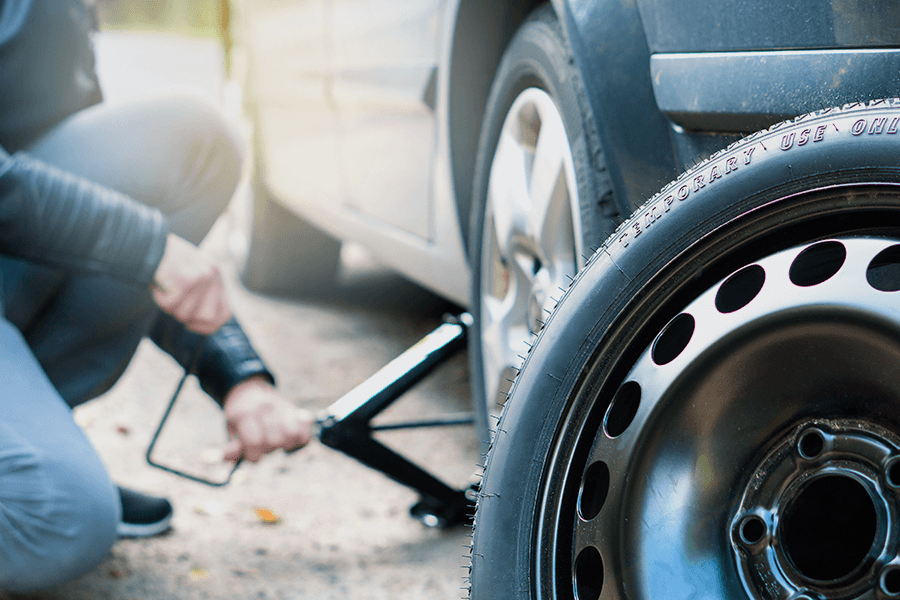 An over-inflated tire can also cause tire damage. Over-inflating a tire decreases the amount of contact the tire has with the road, making it more susceptible to damage when hitting a pothole.
An over-inflated tire can also cause tire damage. Over-inflating a tire decreases the amount of contact the tire has with the road, making it more susceptible to damage when hitting a pothole.
Even if the tire tread hasn’t worn down, it doesn’t mean your tires are safe on the road. As tires age, they deteriorate, and, over time, they can become safety hazards. This is why, according to automakers and tire manufacturers, you should replace tires every five to 10 years.
Read: How Long Should Tires Last? 6 Factors to Consider
What to Consider Before Replacing Only One TireSo, can you replace just one tire on your car? The answer is: it depends. Here’s what you should keep in mind:
1. Treads on the Other TiresTo replace just one or two tires without adversely affecting performance and safety, the other tires need to have an adequate amount of tread left. If your tires are pretty new, you may be able to get away with just replacing one or two tires.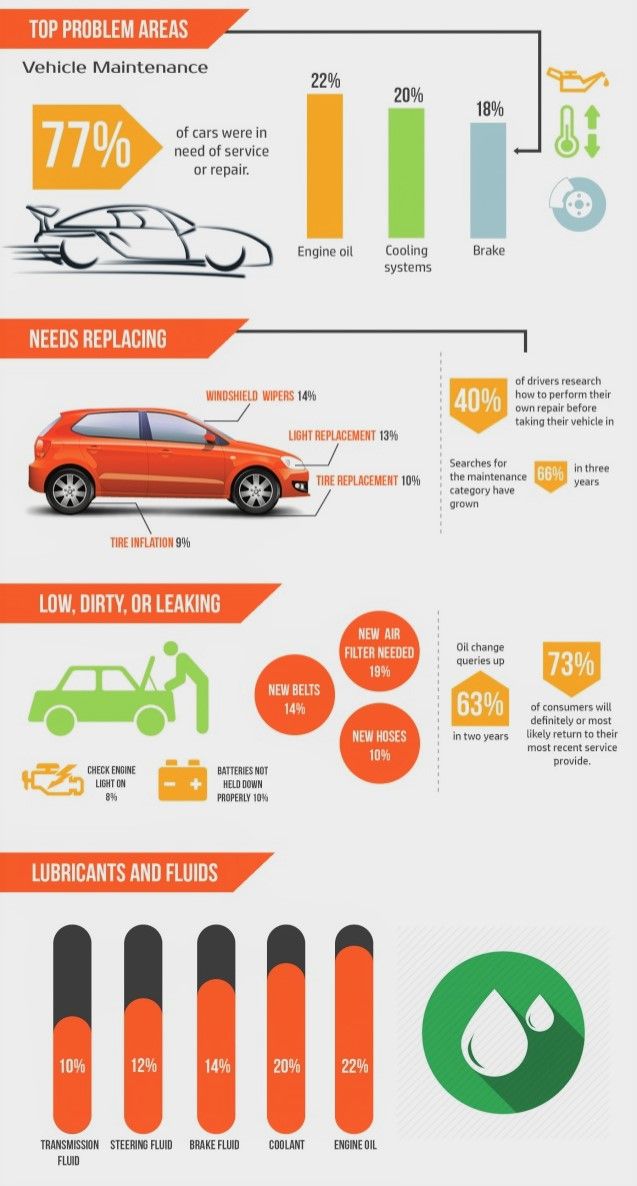
If your tires have worn down and there will be more than 4/32” difference between the new tires and old tires, you should get all new tires.
2. Type of TireThe tread pattern and tire type that your tires have should be similar. That is, whether they’re front or rear tires, you want all your tires to be the same model and have the same or similar tread condition.
Why? Because subtle differences in tires affect their behavior—more specifically, your vehicle’s ability to accelerate, brake, corner, and handle water. You want a balanced, predictable driving experience.
If the exact tire model isn’t available, go for the most similar option. (Ex: If you have all-season tires, get another type of all-season tire. If your tires have a directional tread pattern, don’t get a tire with an asymmetric or symmetric tread pattern.)
3. Type of VehicleIs your car all-wheel drive (AWD)? You may have heard that you always have to replace all four tires on AWD vehicles. And it’s true. Most vehicle manufacturers and the Tire Industry Association (TIA) recommend that you always replace all four tires at the same time if your car is AWD.
And it’s true. Most vehicle manufacturers and the Tire Industry Association (TIA) recommend that you always replace all four tires at the same time if your car is AWD.
That’s because the reduced diameter of the lower-tread tires causes them to rotate faster than the new one(s). Wheels moving at different speeds on an AWD vehicle will put additional strain on engine components (such as the transmission and transfer case), which could result in major damage and costly repairs.
If there’s a variation of more than 2/32”, you will need to replace two or four tires. Check your vehicle’s owner’s manual to see what the manufacturer recommends; some say to replace all four, but some say it’s okay to just replace two.
It may be hard to believe that such a small difference can make a big impact, but even slightly mismatched tires could damage the drivetrain on an AWD vehicle.
Let’s Recap:

Whatever your vehicle’s make and model, the tire experts at Virginia Tire & Auto can guide you to the tires that are right for you.
Read: How to Pick the Right Tires for Your Car
How to Care for Your New Tire(s)If you decide to replace one or two tires, then you have to choose where to place them! Should you put new tires on the front or the back?
It’s usually best to place the new tires on the rear axle since the rear tires give your vehicle stability. This will help prevent oversteering or spinning out.
No matter how many tires you choose to replace, you can prevent premature wear by practicing proper tire maintenance:
Rotate Your TiresTo get the most from your tires, rotate them according to the schedule recommended in your owner’s manual. In addition, have a trusted tire professional inspect your tires at each rotation.
In addition, have a trusted tire professional inspect your tires at each rotation.
This should be done monthly and the tire pressure should be adjusted as needed to prevent a dangerous blowout. Be sure to choose a service facility equipped to care for Tire Pressure Monitoring Systems (TPMS).
Repair Flat Tires (safely!)There’s a right way and a wrong way to repair a flat tire. Even if, based on price, they seem like a good deal, do not accept string- or fabric-based plugs. Driving on plugged tires can result in serious accidents and fatal injuries.
For peace of mind, let a qualified auto-care expert repair your flat tire. They will inspect it inside and out to make sure it can be safely patched, and, normally, patching takes 20-30 minutes.
And remember, for safety reasons, a tire can be repaired two (but not three) times. It is far better to replace a damaged tire than risk potentially serious or fatal injuries.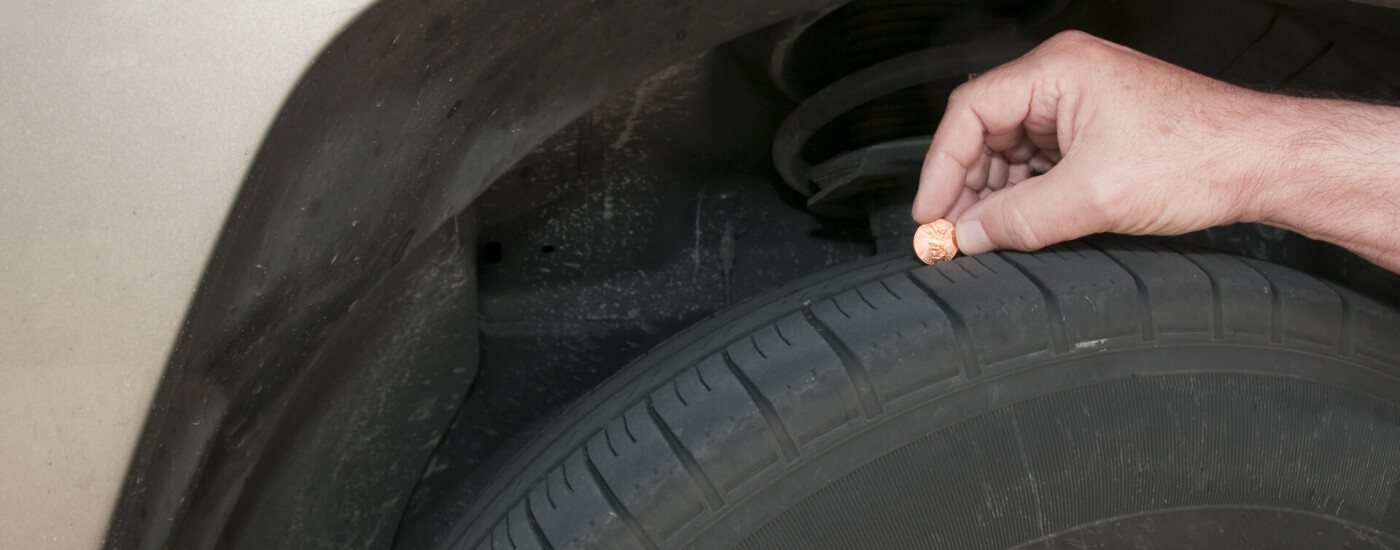
Read: Proper Tire Maintenance 101: Taking Care of Your Tires
Need Auto Care?No one likes to replace a tire. But at the end of the day, we want to ensure that you have a safe ride. Replacing all four tires for one flat may seem like a waste of money, but often it is the safest investment to make for the well-being of your vehicle and all the people who share the roads with you.
Whether you need a new tire (or set of tires), a simple oil change, new brakes or complex repairs, the experts at Virginia Tire & Auto can help. For a better, safer driving experience, schedule a visit or drop into one of our convenient locations today!
0003
Related materials
7 rubber signals: what the tire says about car problems
How do you know when tires are completely worn out and it's time to change them? Everything is simple. For summer tires, the limit is 1.6 mm of residual tread depth, and for winter (or all-season tires used in winter) - 4 mm.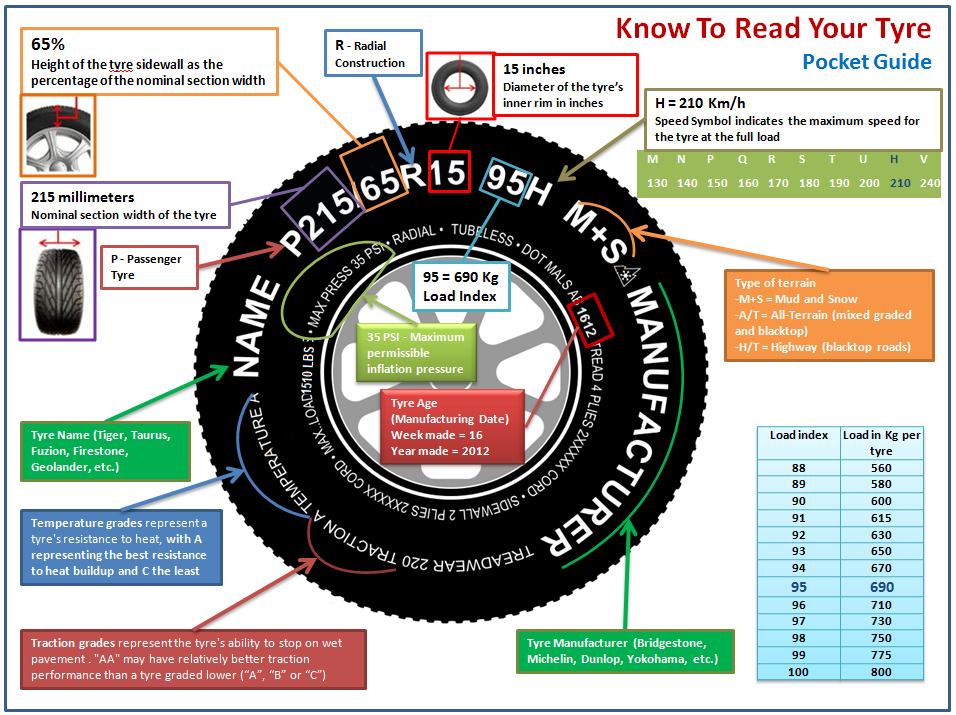 Modern summer tires can travel from 40,000 to 70,000 km, depending on driving style and vehicle characteristics. An average motorist rolls such a mileage on summer tires in 2-3 seasons. Moreover, wear implies not only a decrease in tread depth. For millions of cycles of deformation, the strength of the carcass and its adhesion to the layers of the rubber compound are violated. In short, every 2-3 years you should buy a new set of tires.
Modern summer tires can travel from 40,000 to 70,000 km, depending on driving style and vehicle characteristics. An average motorist rolls such a mileage on summer tires in 2-3 seasons. Moreover, wear implies not only a decrease in tread depth. For millions of cycles of deformation, the strength of the carcass and its adhesion to the layers of the rubber compound are violated. In short, every 2-3 years you should buy a new set of tires.
In case of irreparable damage to one of the tires and a relatively high total mileage of the kit, it is also worth considering replacing it. Well, or about buying at least a pair of new tires, which, for any type of drive, should be installed on the front axle. We put two tires back - the most decent of the remaining ones.
Many motorists drive only a few thousand kilometers a year. This does not mean that the tires will serve you for several decades. According to Russian requirements (GOST 4754-97), the service life of passenger car tires is 5 years from the date of manufacture.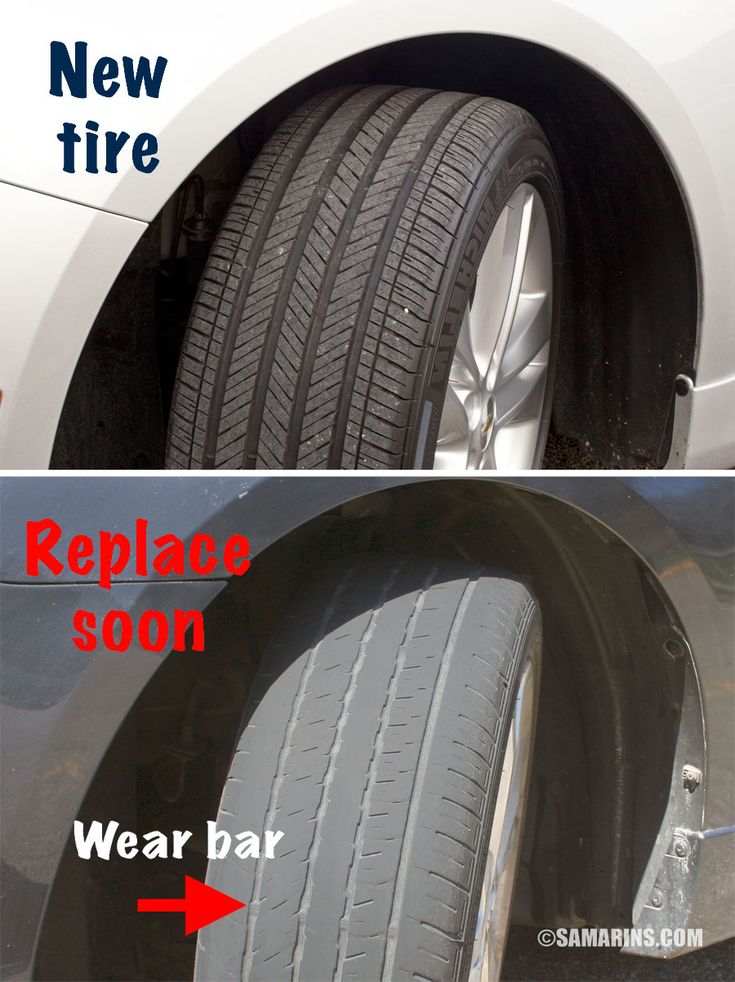 And for example, Continental recommends that all car tires (including the spare tire) older than 10 years old should be replaced with new ones. Therefore, with small runs, you can navigate for ten years. The date of manufacture of the tire is indicated on the sidewall. Usually it is an oval with four numbers. The first two are the ordinal number of the week in the year, the last two indicate the year.
And for example, Continental recommends that all car tires (including the spare tire) older than 10 years old should be replaced with new ones. Therefore, with small runs, you can navigate for ten years. The date of manufacture of the tire is indicated on the sidewall. Usually it is an oval with four numbers. The first two are the ordinal number of the week in the year, the last two indicate the year.
Related materials
How to change the car yourself - detailed instructions
Tires should be rotated periodically in accordance with the vehicle manufacturer's recommendations - information on this can be found in the owner's manual.
We can advise you to carefully use the tires and, most importantly, to store them correctly in the off-season. First of all, during storage, it is important to exclude direct sunlight from hitting the tires, which greatly age the rubber. Tires without rims should be placed vertically, and stacked on rims.
Tires without rims should be placed vertically, and stacked on rims.
And before installing tires on a car at the beginning of the season, evaluate their condition. There should be no cracks in the tread and sidewalls. The tire should not be dry, it should remain rubbery and not look like baked plastic.
Related materials
Driving on badly worn tires - will I be fined or not?
Winter tires have a much shorter life span. They almost always fail due to the wear of the treadmill, because the tread of a new tire is 7–8 mm, and only 3–4 mm remain working height. If the tires are studded, then with such wear there are very few metal elements left, and the tire will not provide adequate safety when driving on a winter road. However, not only spikes, but also Velcro, with such a degree of wear, also lose most of their capabilities.
The real life of winter tires rarely exceeds 30,000 km. "Bald" winter tires without studs can be re-rolled in summer, but their grip on hot road surfaces will be very poor. This must be taken into account, especially when braking.
"Bald" winter tires without studs can be re-rolled in summer, but their grip on hot road surfaces will be very poor. This must be taken into account, especially when braking.
***
So: tires that have not yet worn out along the tread (that is, up to 1.6 mm tread depth for summer tires, 4 mm for winter tires) are changed either ten years after the date of issue, or when the rubber layer cracks tires or damage.
Our new video
Export Zhiguli were better than usual? Debunking the myth
Another GAZelle competitor: cheap! Even more!
Frame, four-wheel drive, transparent hood (and 224 mm under it) — the Chinese surprised again
Like this article? Subscribe and you will always be in the know!
Driving in Zen
News smi2.ru
These tips will help you change tires properly. We will talk about the advantages and disadvantages of replacing the basic rubber sizes with alternative ones.
We will talk about the advantages and disadvantages of replacing the basic rubber sizes with alternative ones.
Tires are replaced in several cases, for example:
The most important criteria to consider when changing tires:
door sills).
2. Vehicle manufacturers allow wheel outer diameter variations ranging from 2% to 3.5%. Thus, if it is necessary to install discs of a larger diameter, the ratio of the width to the height of the profile should be reduced in order for the absolute dimensions of the wheel to change within the normal range.
3. Also, before making changes to the chassis design of your car, you should remember that the manufacturer guarantees the appropriate running parameters of the vehicle, provided that the basic wheel sizes are used.
Benefits when fitted with larger tires:
Disadvantages when choosing larger tires:
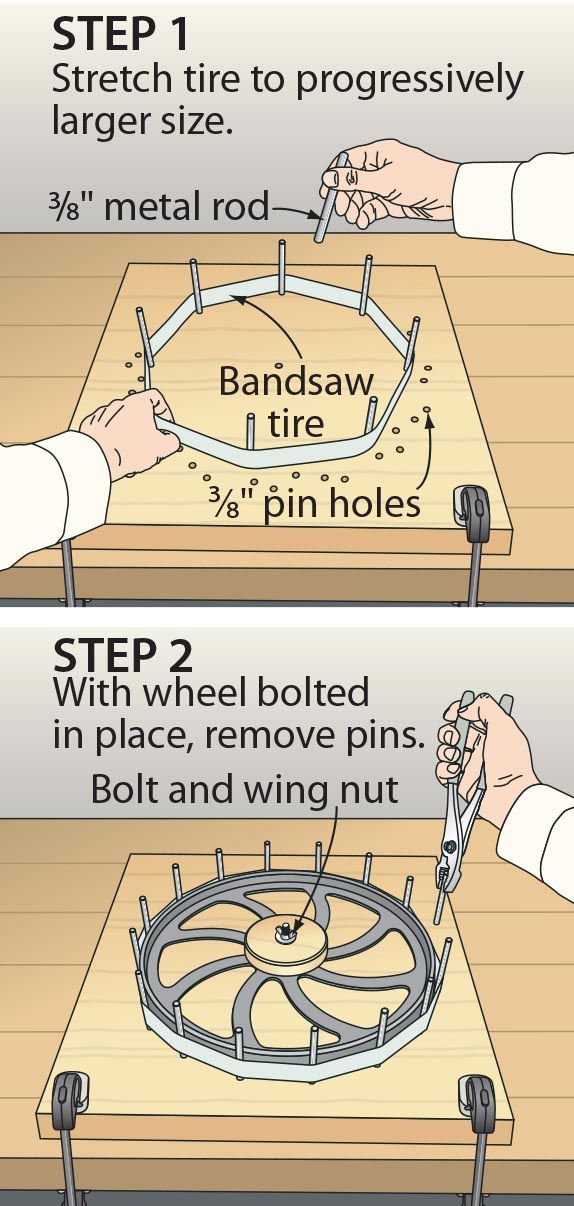 New rims and new tires are always a significant expense, especially larger rims. The same can be said about tires, because in order to increase the width of the tread and reduce the height of the profile, without qualitative changes, manufacturers are forced to use better materials and more sophisticated technologies, which makes the final product more expensive.
New rims and new tires are always a significant expense, especially larger rims. The same can be said about tires, because in order to increase the width of the tread and reduce the height of the profile, without qualitative changes, manufacturers are forced to use better materials and more sophisticated technologies, which makes the final product more expensive. 
In order to calculate the range of possible interchangeable sizes, it is necessary to know the allowable nominal and actual dimensions of the wheel diameter as a whole. Wheel replacement options for your car can be found in the next section of the site , or calculated using a special formula below:
1. Basic (recommended) outer diameter of the wheel
Basic (recommended) outer diameter of the wheel
2. Nominal rim diameter
3. Difference (subtract the nominal rim diameter from the outer diameter)
4. Add an average of 3% to the difference, we get the required value of the nominal tolerance.
Reducing the size of the rim
The installation of smaller wheels, motorists resort mainly in winter. The calculation applies the same principles as discussed in the formula above. However, it is worth checking the compatibility of the size of the brake disc, caliper in relation to the smaller rim. There is an opinion that a smaller wheel width contributes to better traction in winter, since it provides more pressure per square centimeter of the contact patch.
And finally, remember that the declared technical characteristics of the car specified by the manufacturer are true, provided that the recommended wheel and tire sizes are used.
| What is the XL marking on a tire? XL (Extra Load) - marking on the tire, which literally means "extra load".  This indicates that the tire is designed to carry more weight than standard rubber.. This indicates that the tire is designed to carry more weight than standard rubber.. 23 February 2023, 15:32 | |
| What winter tires to buy? Expensive or cheap? To begin with, it is worth knowing the division into classes of car tires. It is useful to know when to buy expensive premium tires, and when to choose cheaper analogues from the economy segment... September 06, 2022, 10:06 | |
| Tires for electric vehicles - which ones to choose? Driving an electric car is different from driving a car with an internal combustion engine. This is felt by both the driver and passengers. For tires, another type of drive is also important. Rubber on.. 09 August 2022, 11:58 | |
| Who are low profile tires suitable for? Car wheels are the first thing that comes to mind in the context of visual tuning.  | |